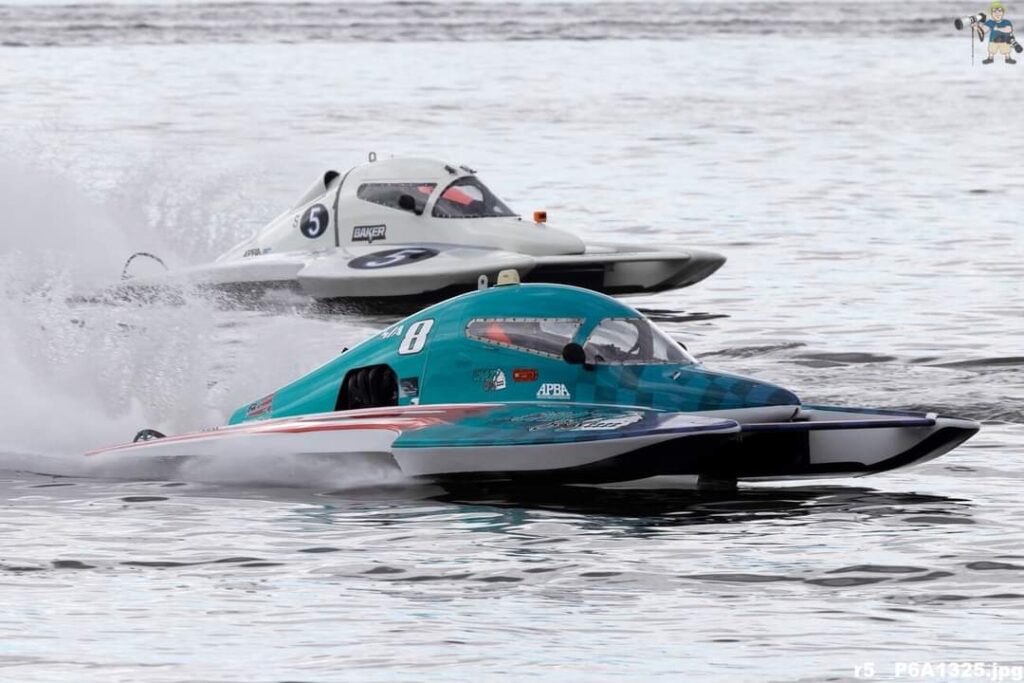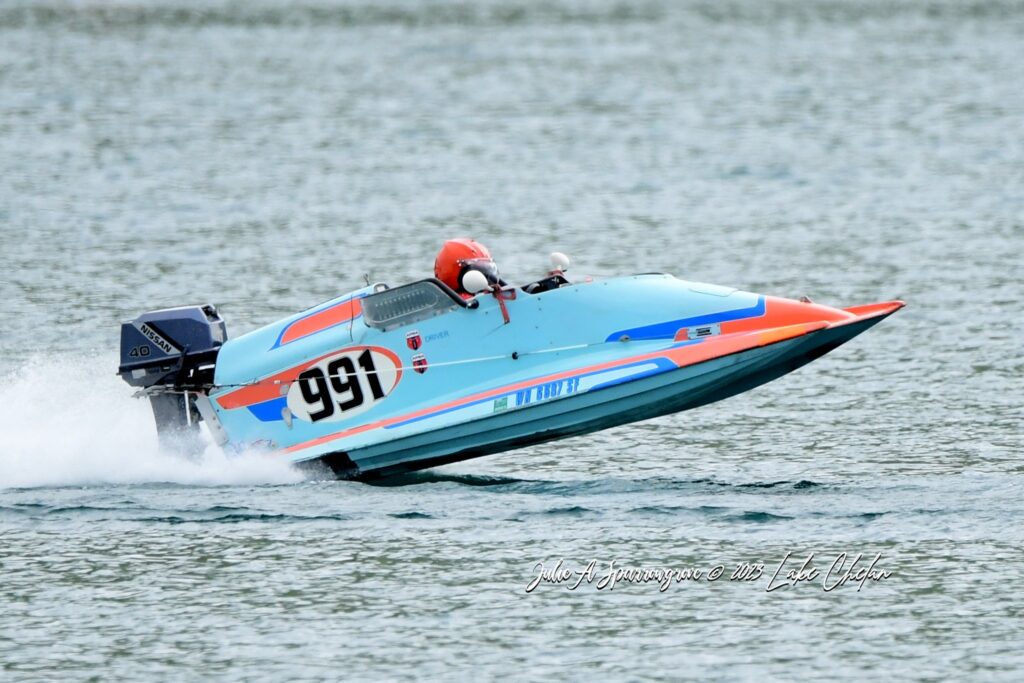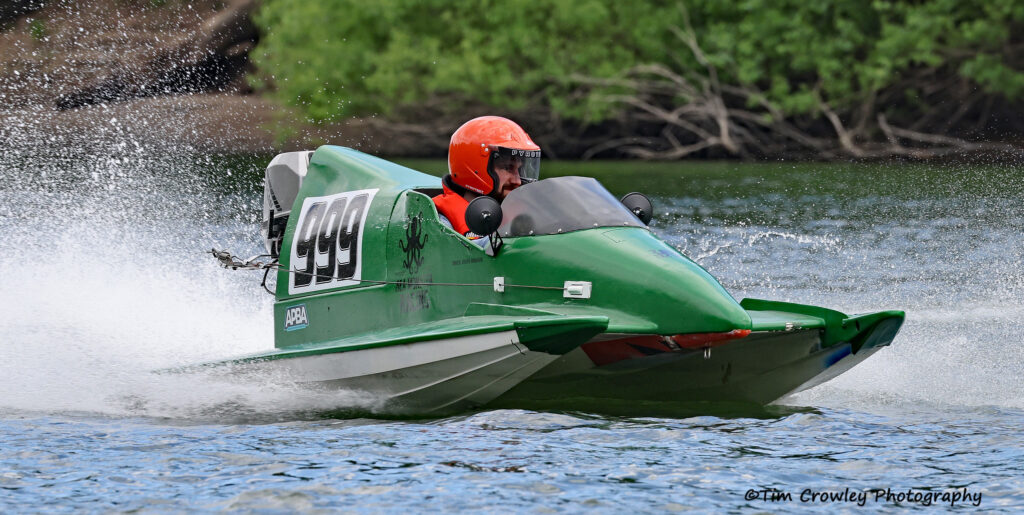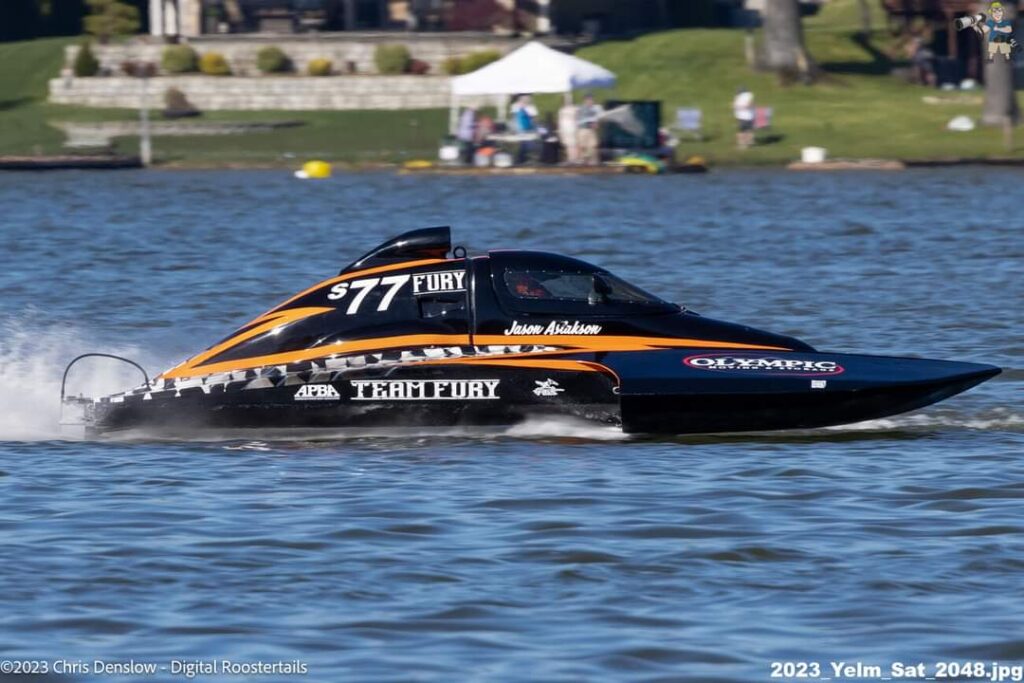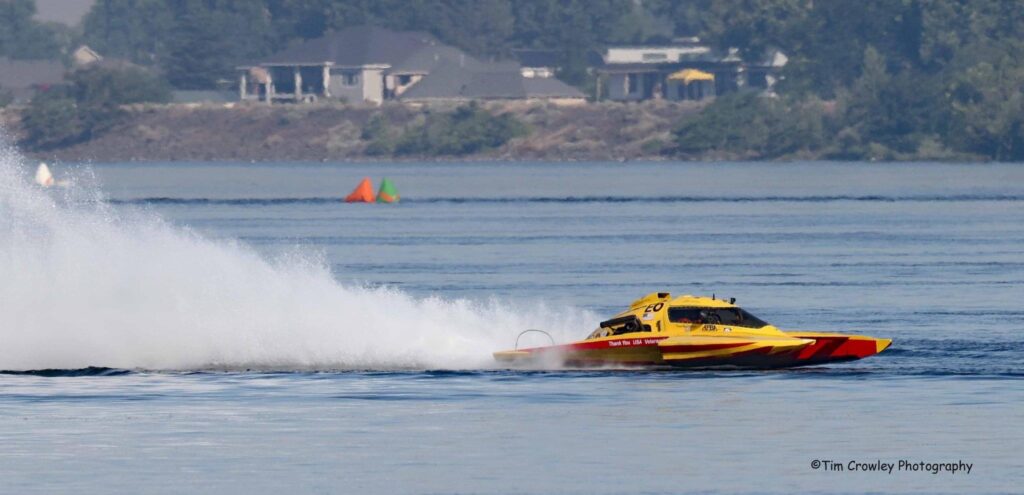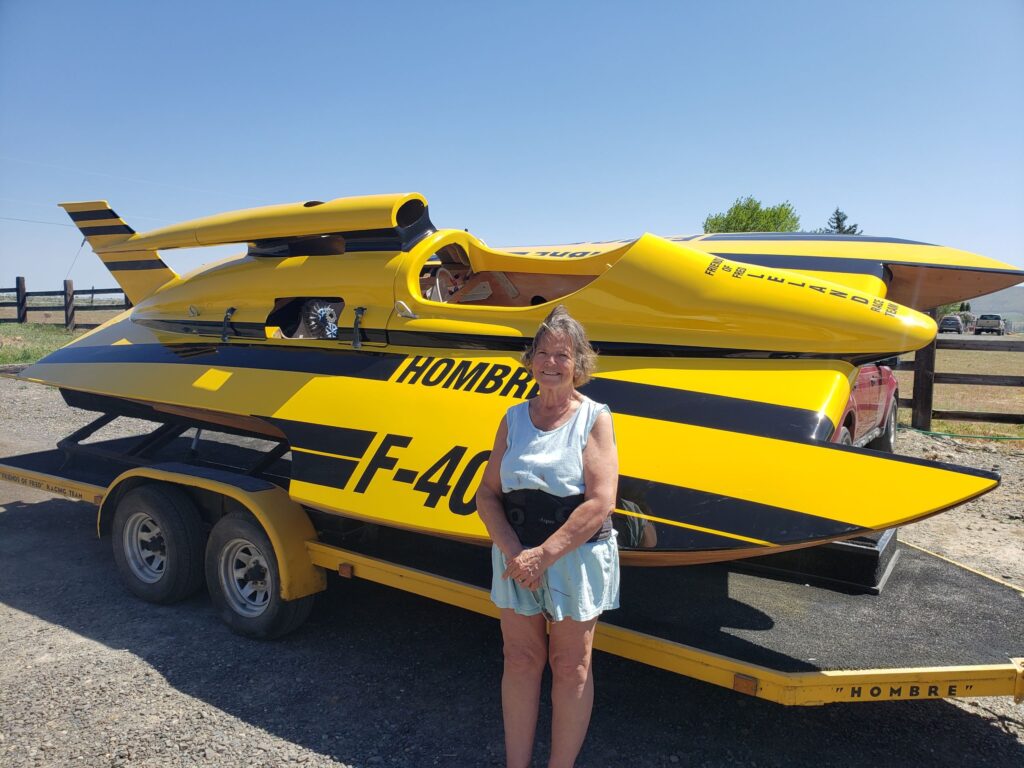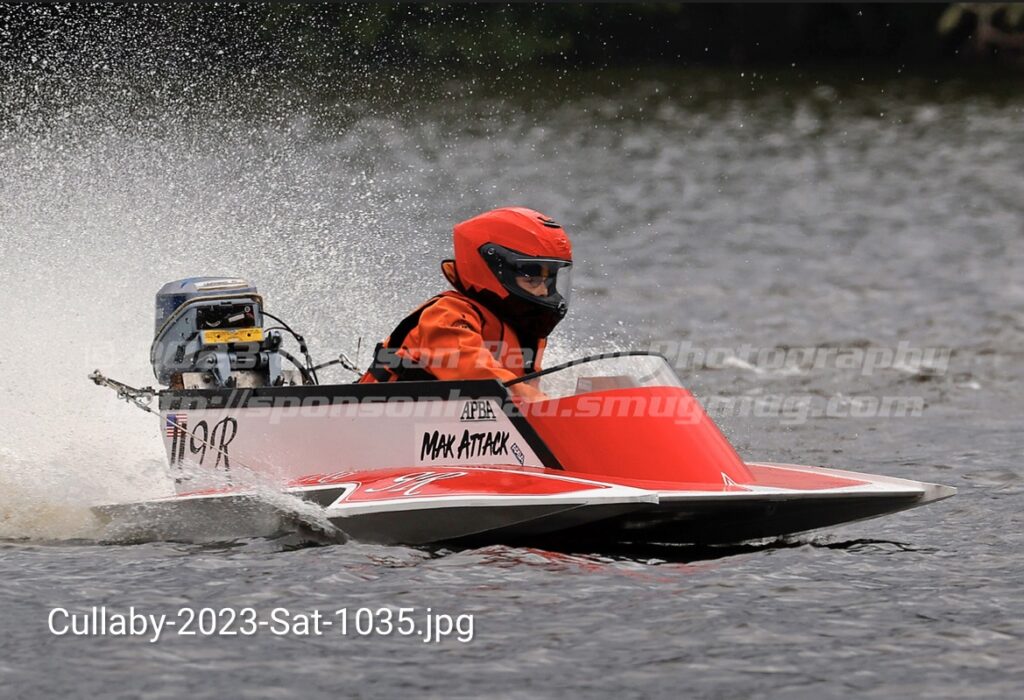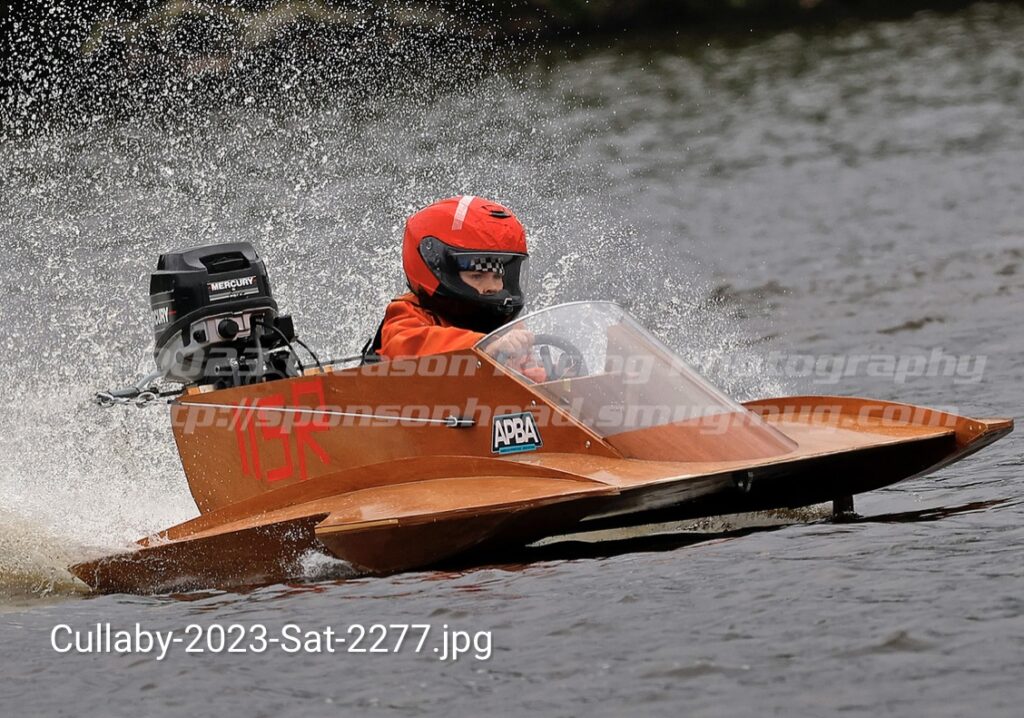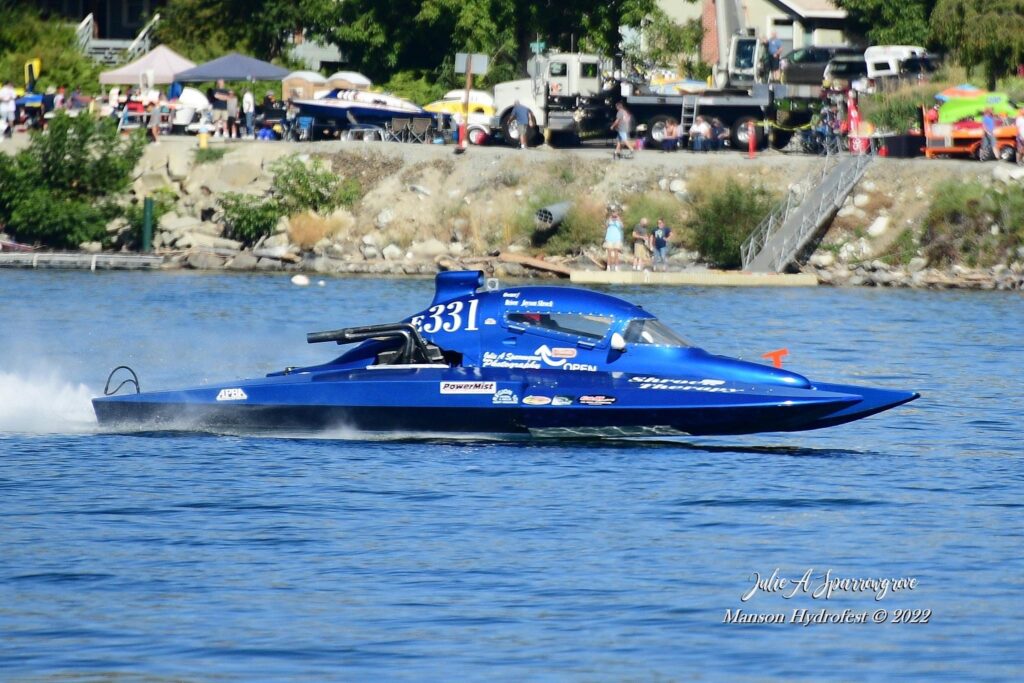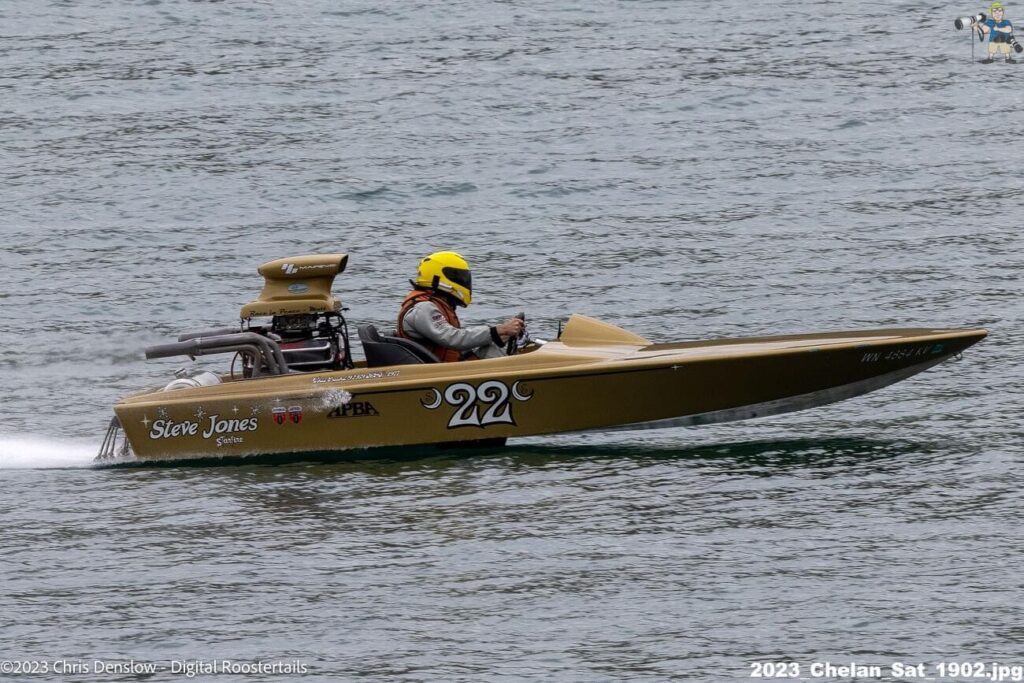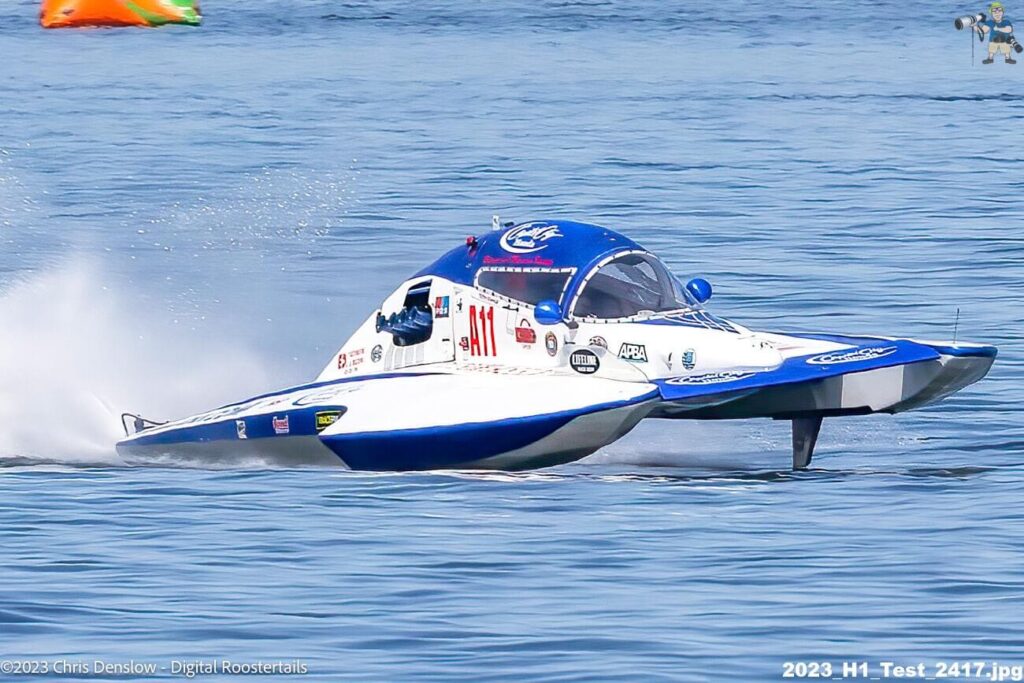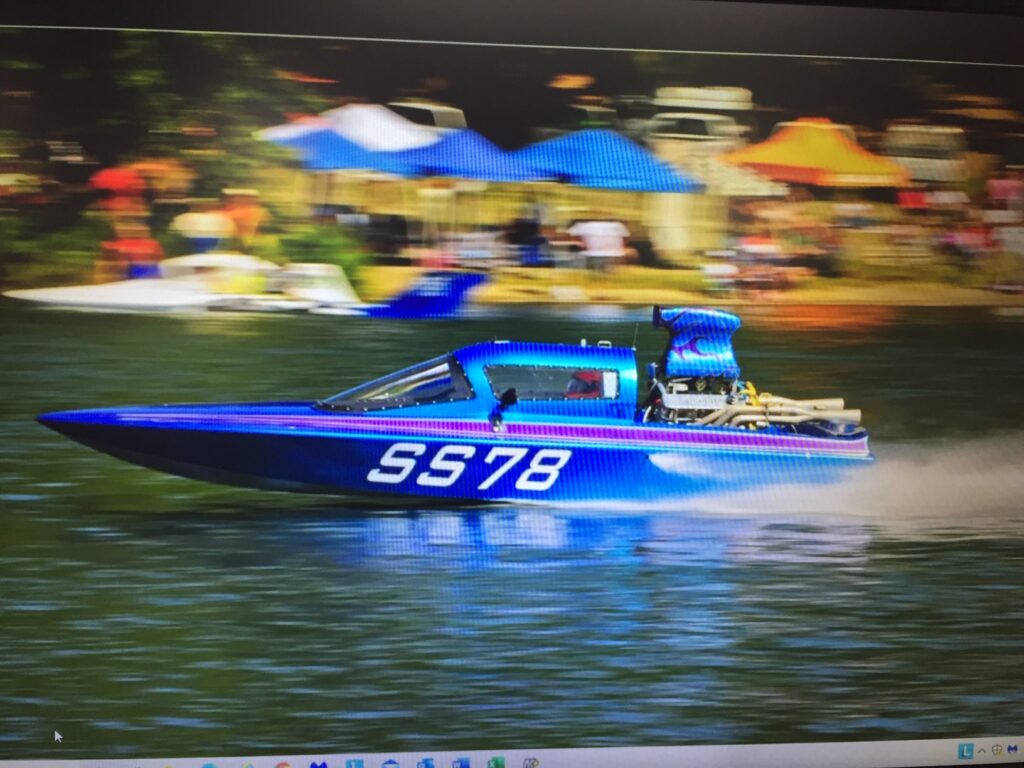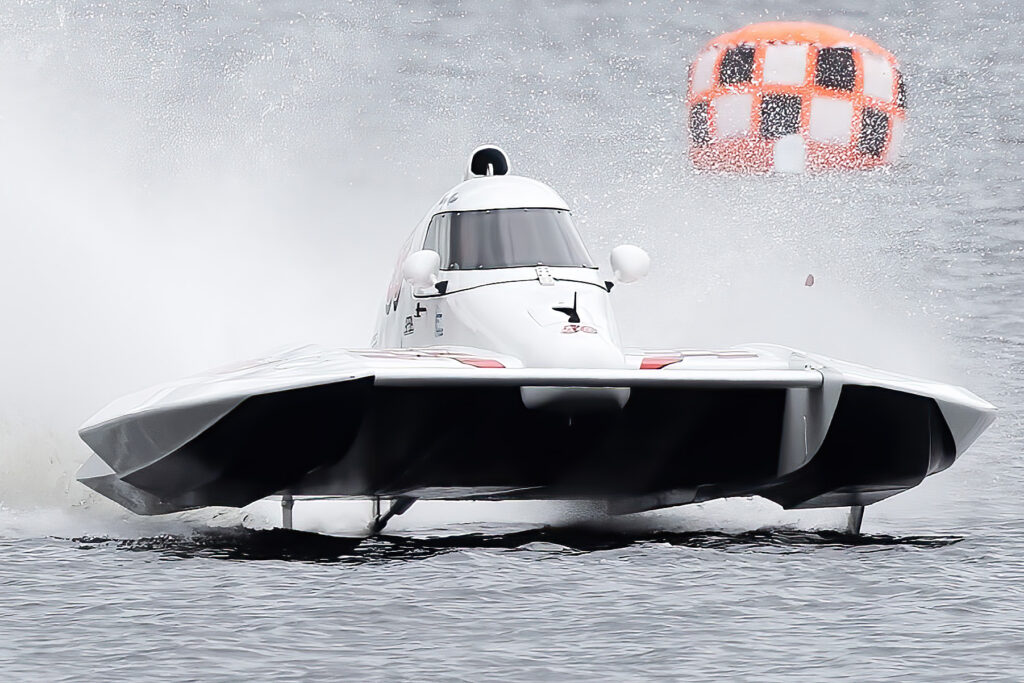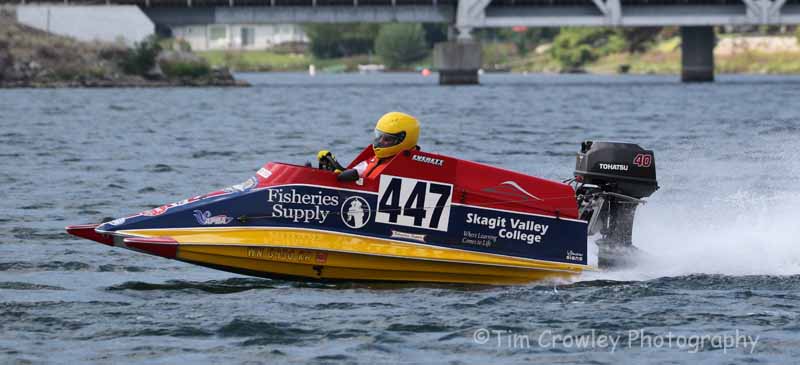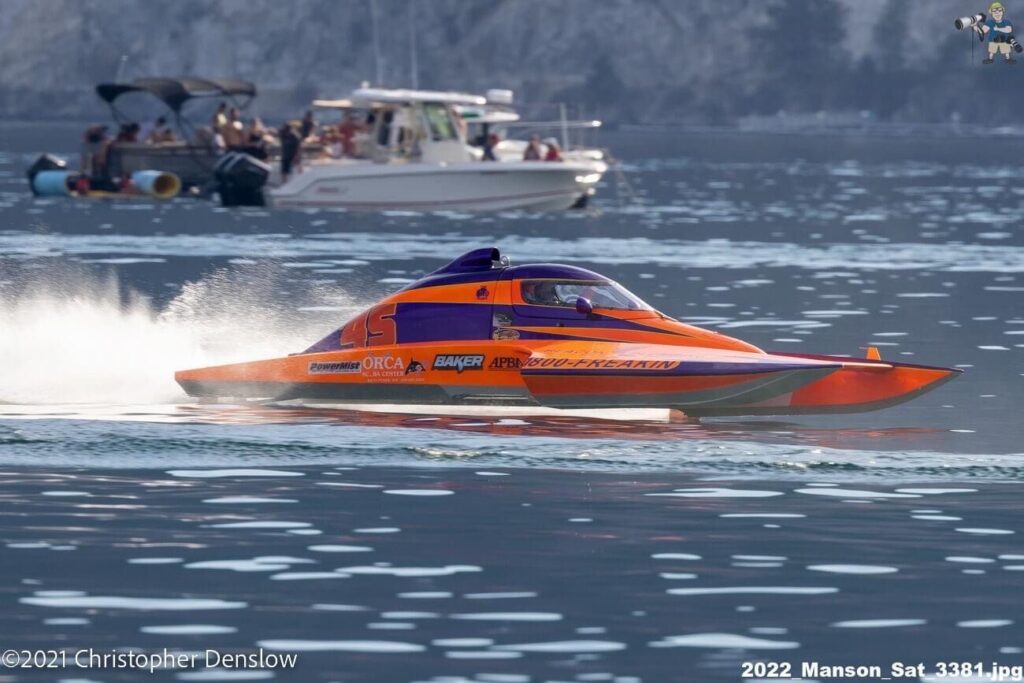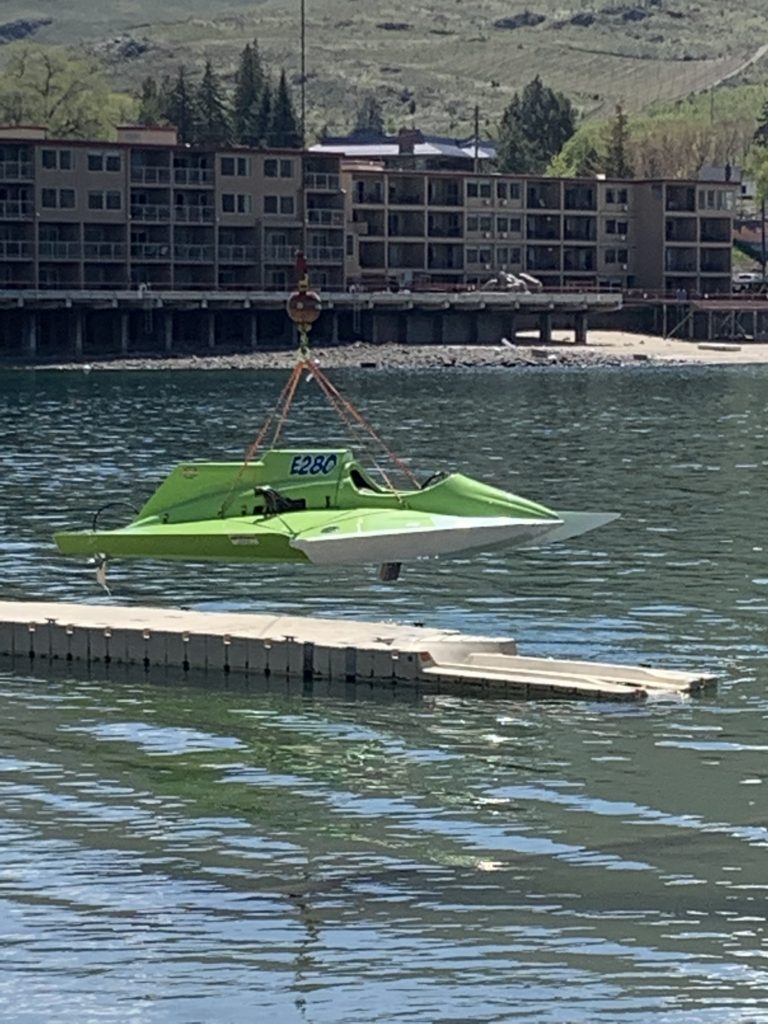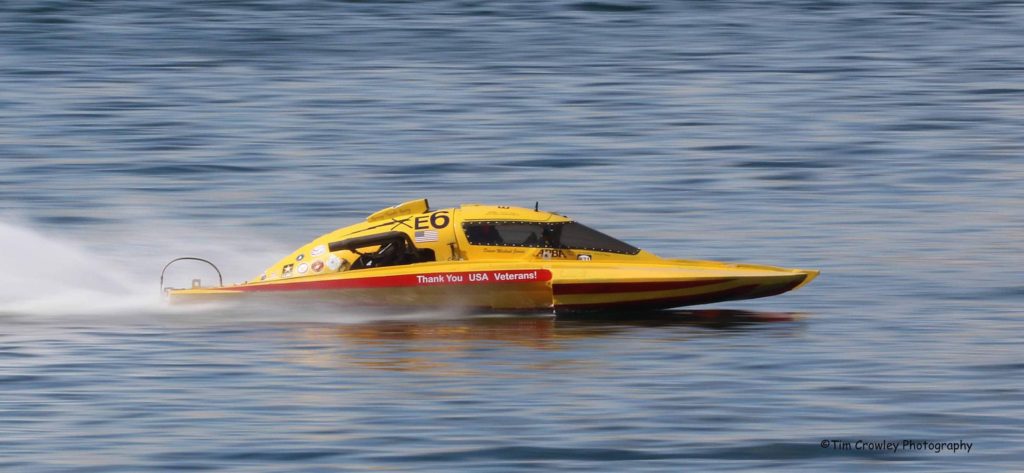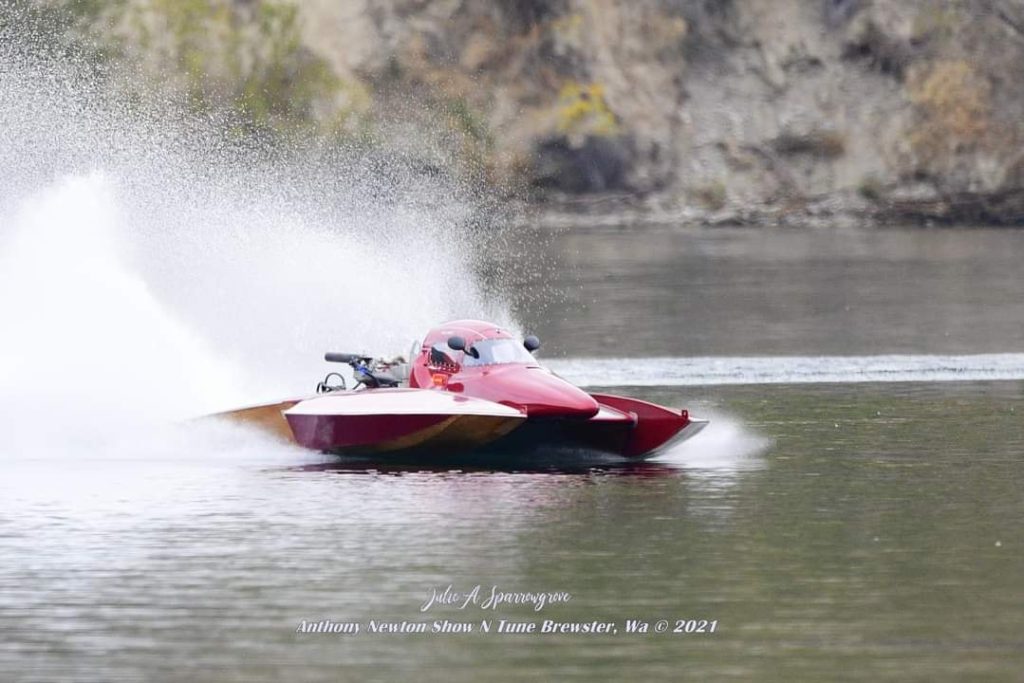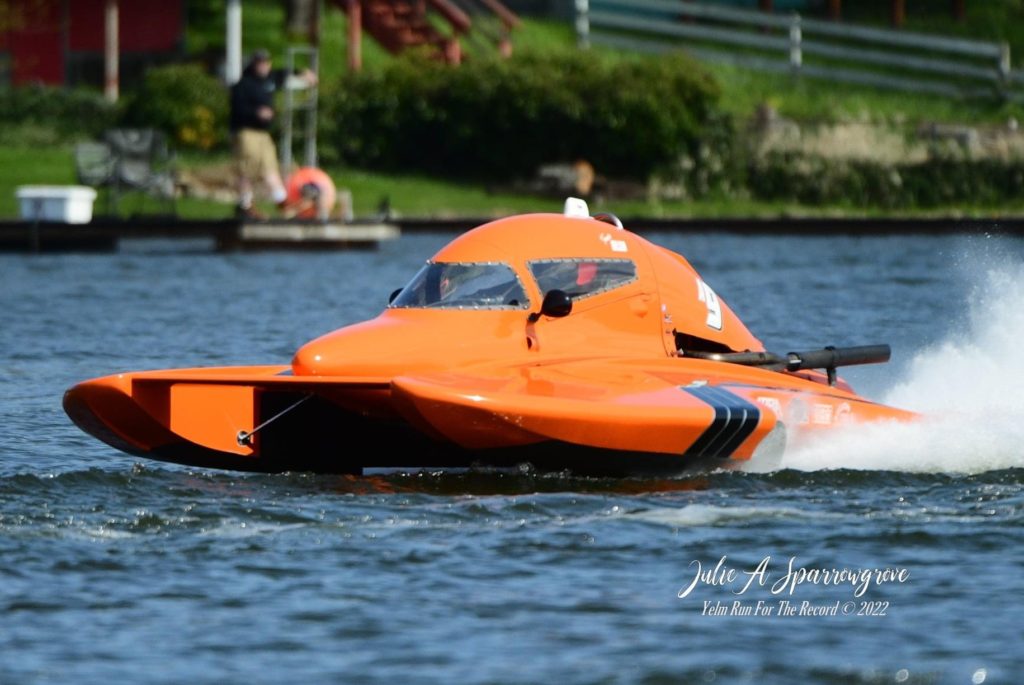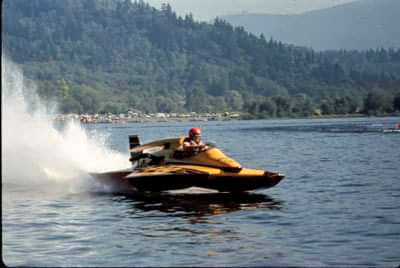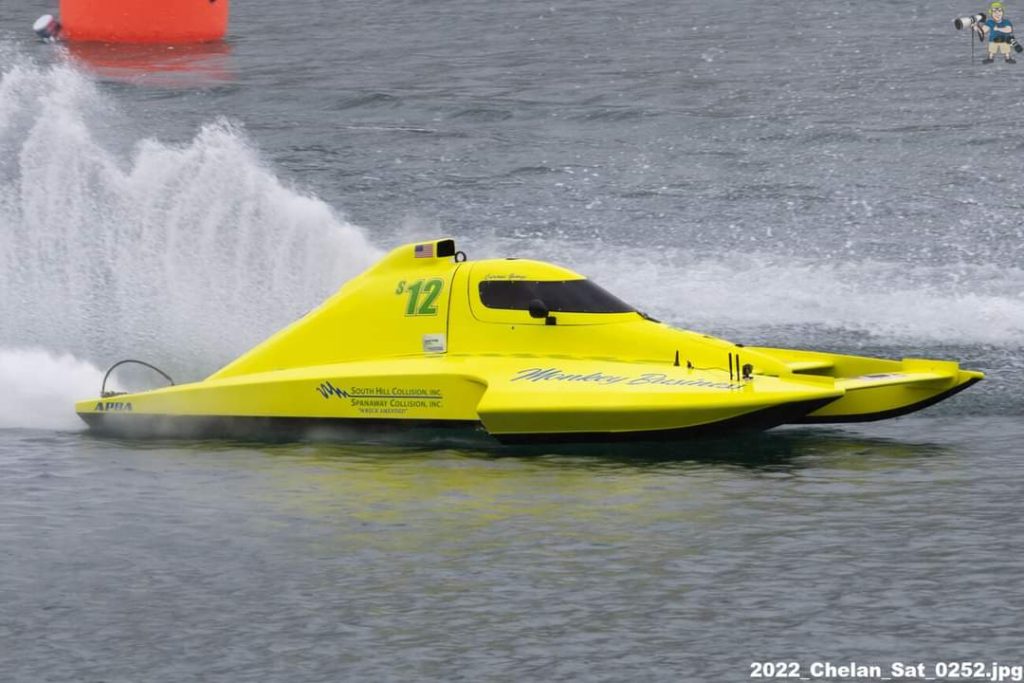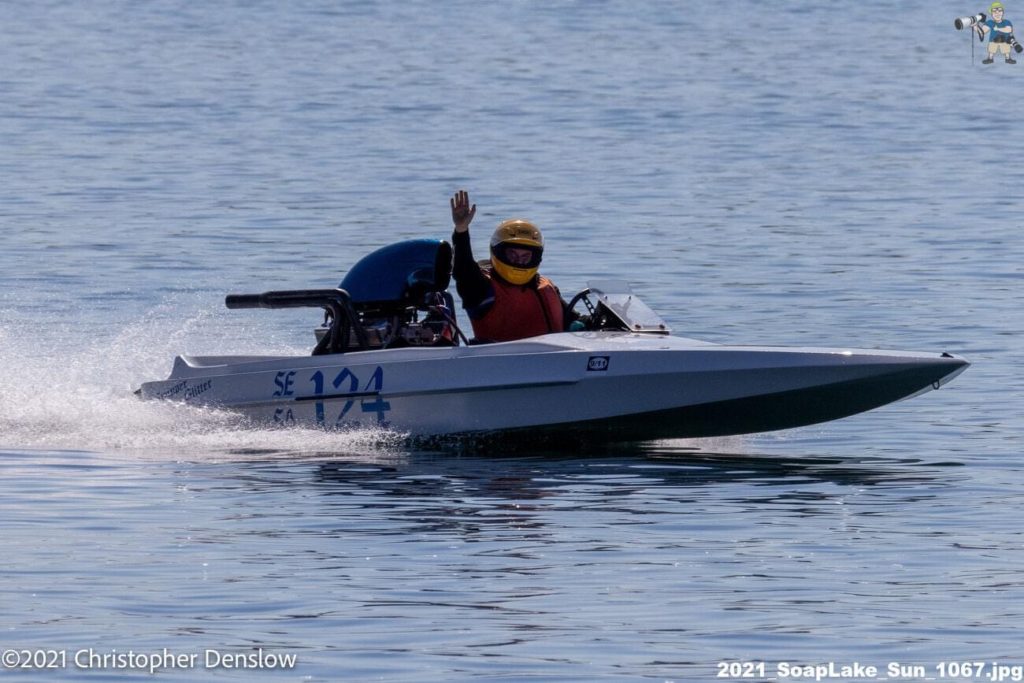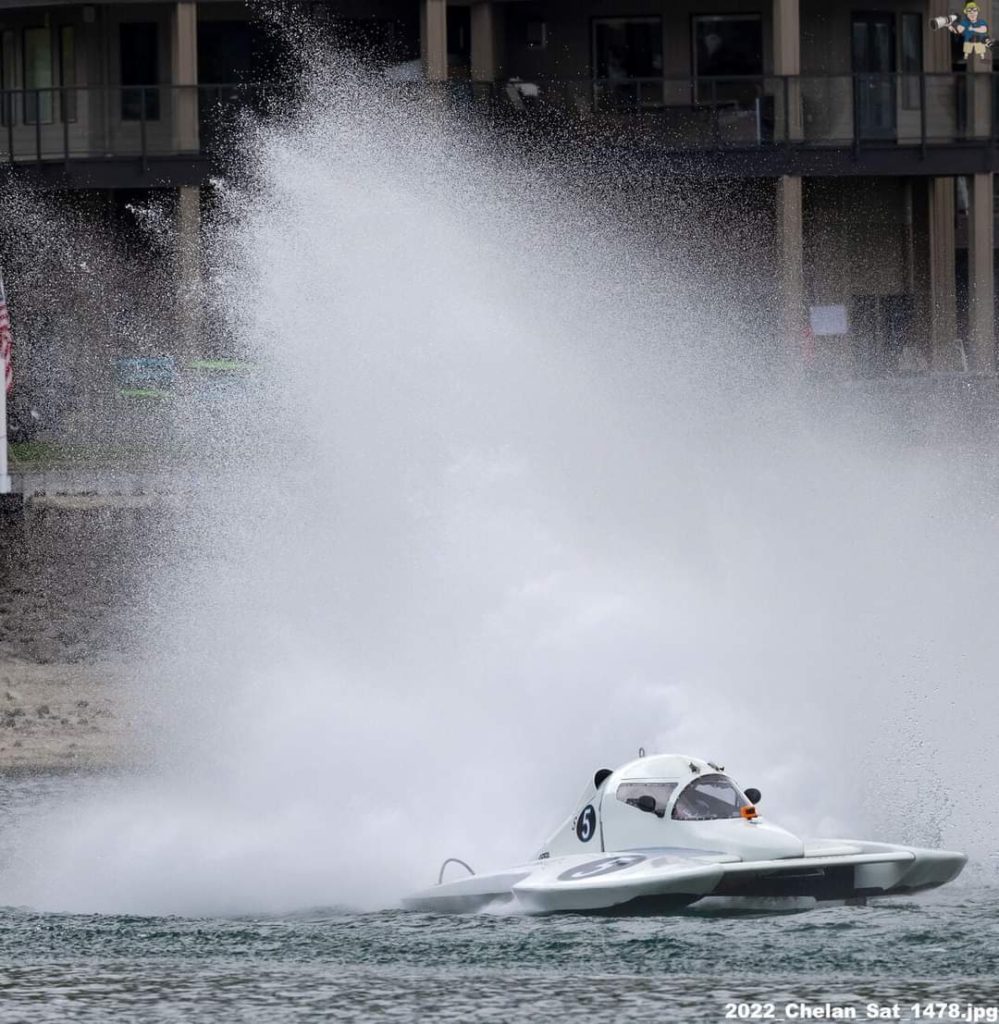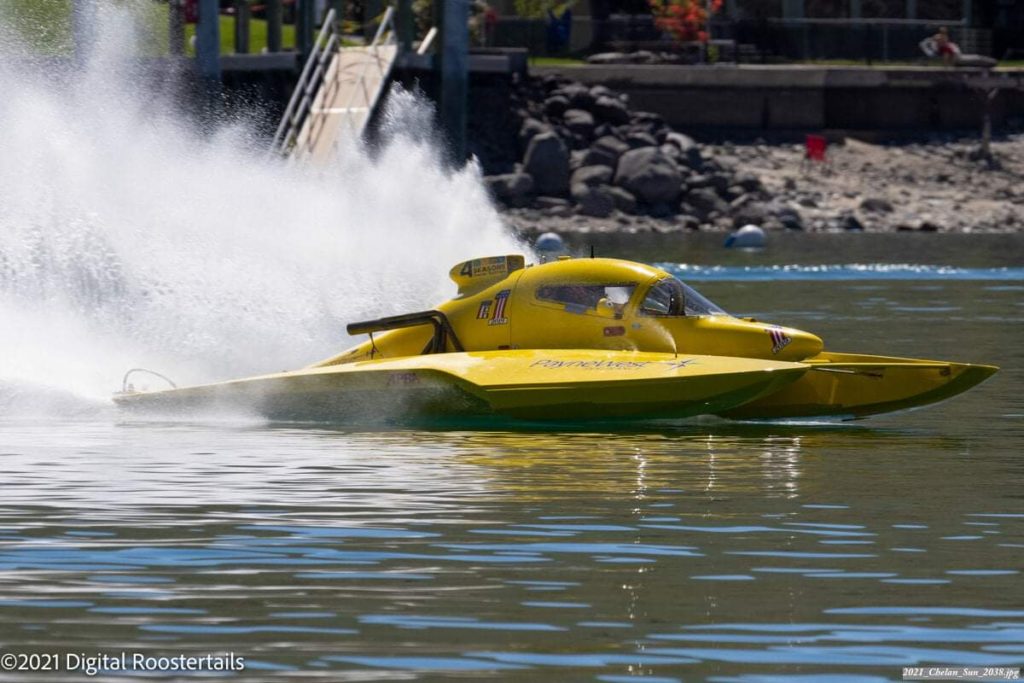Welcome to Race Day!
If it’s your first time attending a race as a spectator, there’s a lot to learn and even more to be excited about. Here’s a quick rundown of everything you need to know when attending your first A.P.B.A. (American Power Boats Association) race.
What to Bring to a Race:
Probably the most important item, umbrellas will help shade you from the blazing sun and if it happens to rain you’ll be covered. Races will continue to run during light rain showers, as long as the conditions aren’t deemed too severe.
Remember, comfort is key. Even on an overcast day you can’t hide from the sun; and being on a waterfront means the sun will be even stronger reflecting off of the surface of the water. Sunglasses are also a good thing to have to help reflect the sun. Remember sunscreen unless you want to leave the race extra crispy. Ice cold refreshments are always good – especially on race day. Some races do not allow coolers; while others will allow you to bring drinks in with you…it’s best to check beforehand with the race site. We also encourage you to support the local food & beverage vendors at races that have them.
Comfortable folding chairs with four separate legs are best – these will prevent rocking on uneven ground.
If you’re looking to take some good action shots of boats during the race, you’re going to need a good camera. Sorry folks, smart phones aren’t the best at capturing boats flying past at top speed. A high speed camera with at least 1/1000 second shutter speed is recommended.
The Race Course
Just like other motorsports, the inside lane is the best position in powerboat racing. It provides the shortest distance around the course and gives an advantage to any racer. The overall length of the race is five miles, but depending on the size of the course, the number of laps may vary from 3-5 total laps for a complete race.
All buoys must be passed on the drivers left side – If a driver passes to the right, they must go back and pass the buoy on the correct side. Drivers can touch a buoy and continue racing as long as no damage is done. However, if a buoy is dislodged, deflated, or other-wise damaged, the boat will be disqualified. Drivers who jump the gun on a start won’t know until the end of the race, at which point they will not receive a checkered flag at the five mile mark and are required to take an extra lap.
Race Formats & Watching The Race
THE FLYING START

The Flying Start is unlike any start in any other motor sport. This format has boats cross the starting line at full speed, which means timing the start is absolutely essential. The starting line is marked with two checkered buoys on either end, and drivers must time their approach to cross this line at the exact time the start clock has counted down to zero. The lane or poll position established at this point must be maintained down the front straightaway to the exit of turn one during the start. Because of this, the first turn is where most action is likely to occur – be sure you have a good view.
Signals & Start Times
In a flying start format there will be a five minute gun to signal that it is time for boats to leave the pits. During this five minute period, drivers will make a timing run or two, while giving their engine the time to get up to temperature for the race. Just prior to the one minute gun, drivers will be jockeying for poll positions. When the one minute gun goes off , drivers have to maintain their respective lanes and should be just around the exit of turn one in the final lap prior to the start – any further and they will likely have to slow down to keep from jumping the gun and crossing the starting line too early. The goal is to reach the starting line exactly when the clock counts down to zero and to be at full speed. Once the race has started, the clock will switch from counting down to counting up.












